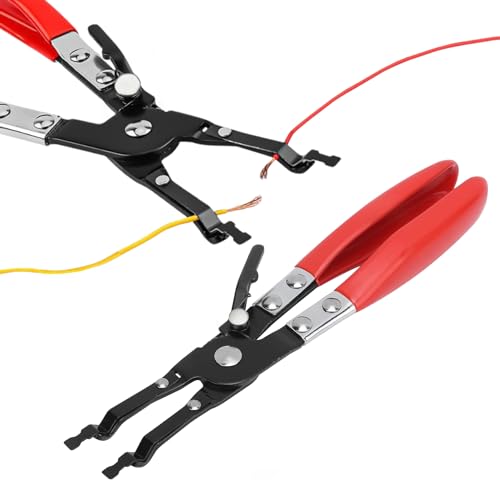This is the regulation for installing a electrical charge point.
AMENDMENT 2 OF
THE 17TH EDITION
(BS 7671:2008) PUBLISHED
Requirements for supplies to electric vehicles are detailed in the new Section 722 of BS 7671:2008
Requirements for Electrical Installations.
By Geoff Cronshaw
AMENDMENT 2:2013 to BS 7671:2008
Requirements for Electrical
Installations was issued on 1 August 2013. Installations designed after 31 July 2013 are to comply with
BS 7671:2008 Amendment 2:2013.
This amendment introduces a new section, Section 722 (electric vehiclecharging installations), which specifies
requirements for the supplies to electric vehicles. Section 722 includes requirements for the type and current
rating of socket outlets, RCD protection, measures of protection against electric shock, IP rating of equipment, impact protection against mechanical damage, isolation and switching and fixing arrangements, etc.
The protective measures of obstacles, placing out of reach, non-conducting location and protection by earth-free local equipotential bonding are not be permitted. These measures are contained in Sections 417 and 418 of BS 7671:2008 and are not for general application. The protective measures of section 417 provide basic protection only and are for application in installations controlled or supervised by skilled or instructed persons. The fault protective provisions of Section 418 are special and, subject to control and effective supervision by skilled or instructed persons.
The protective measure of electrical separation is permitted, but must be limited to the supply of one electric
vehicle and the circuit must be supplied through a fixed isolating transformer complying with BS EN 61558-2-4.
The Electricity Safety, Quality and Continuity Regulations 2002 (as amended) permit the distributor tocombine neutral and protective functions in a single conductor provided that, in addition to the neutral to earth connection at the supply transformer, there are one or more other connections with Earth. The supply neutral may then be used to connect circuit protective conductors of the customer’s installation with Earth if the customer’s installation meets the requirements of BS 7671. This protective multiple earthing (PME) has been almost universally adopted by distributors in the UK as an effective and reliable method of providing their
customers with an earth connection.
Such a supply system is described in BS 7671 as TN-C-S. Whilst a protective multiple earthing terminal provides an effective and reliable facility for the majority of installations, under certain supply system fault conditions (external to the installation) a potential can develop between the conductive parts connected to the PME earth terminal and the general mass of Earth. The potential difference between true Earth and the PME earth terminal is important when body contact resistance is low and/or there is relatively good contact with true Earth. Contact with Earth is always possible outside a building and, if exposed-conductive parts and/or extraneous conductiveparts connected to the PME earth terminal are accessible outside the building, people may be subjected to a voltage difference appearing between these parts and Earth. Regulation 722.411.4.1 does not allow PME as a means of earthing for an electric vehicle charging point where the charging point or the vehicle is located outdoors except where 722.411.4.1(i) or 722.411.4.1(ii) or 722.411.4.1(iii) apply. There is an exception for a dwelling if none of (i), (ii), or (iii) is reasonably practicable. It is worth noting that in this regulation the meaning of ‘dwelling’ is restricted to a self-contained unit designed to accommodate a single household. Regulation 722.411.4.1(i) refers to a situation where a connecting point is supplied from a three-phase installation used to supply loads other than charging points and where the load is
sufficiently well balanced.
Regulation 722.411.4.1(ii) requires a very low resistance earth electrode to mitigate the effects of an open circuit
PEN conductor fault on the supply. Regulation 722.411.4.1(iii) also requires an earth electrode. Regulation
722.411.4.1(iii) is based on the installation requirements (from the 14th edition wiring regulations) for a voltage operated earth leakage circuit breaker.
However, the device differs from the BS 842 voltage operated earth leakage circuit breaker. A product standard for a protective device for the purposes of (iii) is being developed by BSI Committee PEL/23/1.
The touch voltage threshold of 70V mentioned in 722.411.4.1(i) and 722.411.4.1(ii) and 722.411.4.1(iii) is on
the basis that Table 2c (Ventricular fibrillation for alternating current 50/60Hz) of IEC 60479-5[ed1.0] gives a
value of 71V for both-hands-to-feet, in water-wet conditions with medium contact area (12.5cm2). Presence of water Any wiring system or equipment selected and installed must be suitable for its location and able to operate satisfactorily without deterioration during its working life. The presence
of water can occur in several ways, e.g. rain, splashing, steam/humidity, condensation, and at each location
where it is expected to be present its effects must be considered. Suitable protection must be provided, both during construction and for the completed installation. For example, Section 722 requirements for a connection point installed outdoors requires IP44 in order to protect against water splashes (AD4). The IP classification code, BS EN 60529:2004, describes a system for classifying the degrees of protection provided by the enclosures of electrical equipment. The degree of protection provided by an enclosure is indicated by two numerals.
The first indicates protection of persons against access to hazardous parts inside enclosures or protection of equipment against ingress of solid foreign objects. The second indicates protection of equipment against ingress of water.



























